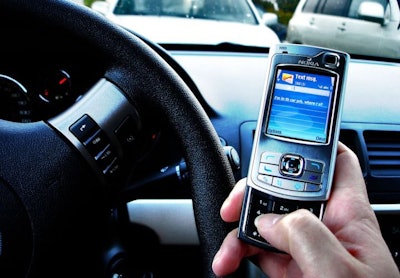 Photo: Tim Caynes (tim%20caynes%20via%20
Photo: Tim Caynes (tim%20caynes%20via%20
With more than 80 percent of Americans using their cellphones to send and receive text messages, it only makes sense we should be able to text 911 in an emergency. But that ability is only now just coming online and there’s still a lot of work to do before it’s universal: Only 100 call centers out of more than 6,000 across the country are capable of receiving and responding to text messages, reports Governing magazine.
Now that America’s four major wireless phone carriers have agreed to support text-to-911, however, expect to see the number of call centers accepting text messages grow rapidly, says Trey Forgety, director of government affairs at the National Emergency Number Association (NENA). “Nearly everyone is either working to move to text-to-911 or is planning how they are going to do it,” he says.
That’s the challenge for states and localities: figuring out the technology. Currently, emergency call centers have three options when it comes to receiving and sending text messages. The first involves the legacy system known as TTY, which just about everyone has and is used to receive messages from the deaf and disabled. The second option involves setting up a Web portal to display text messages. These two approaches are considered shortcuts. The third option is adopting so-called next-generation 911. But next-generation 911 isn’t cheap.
